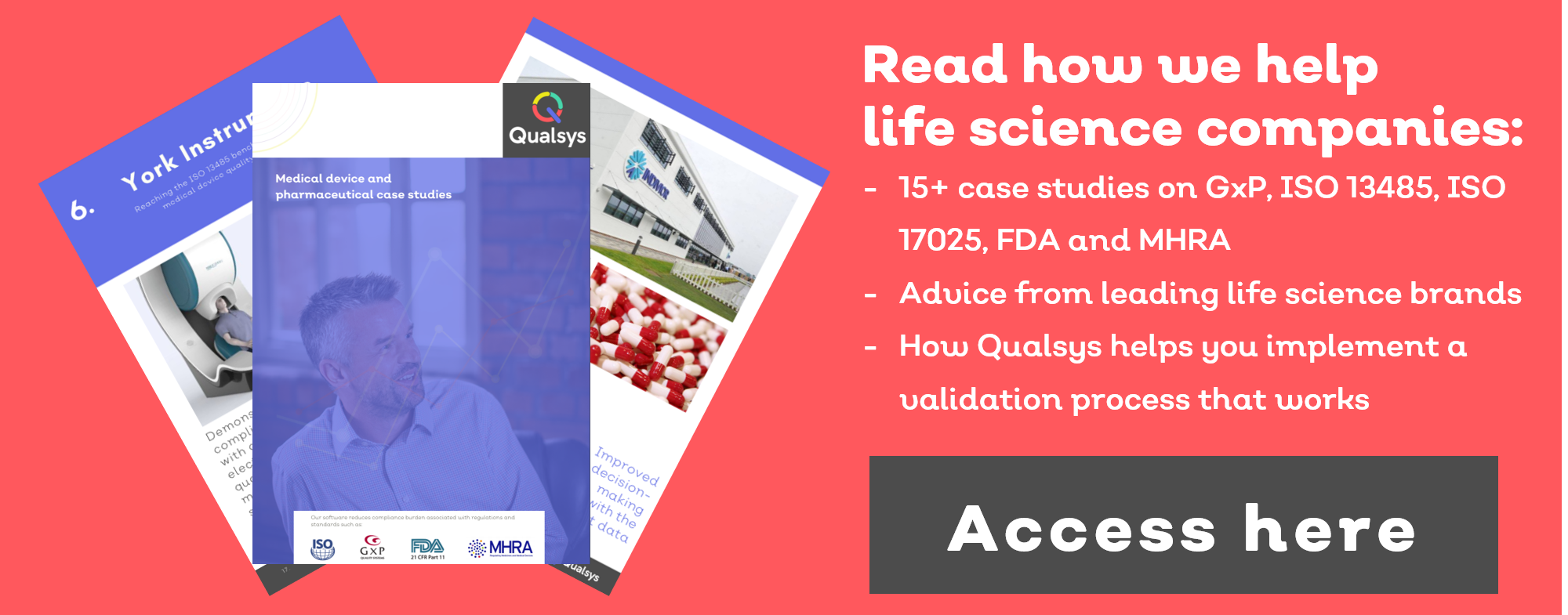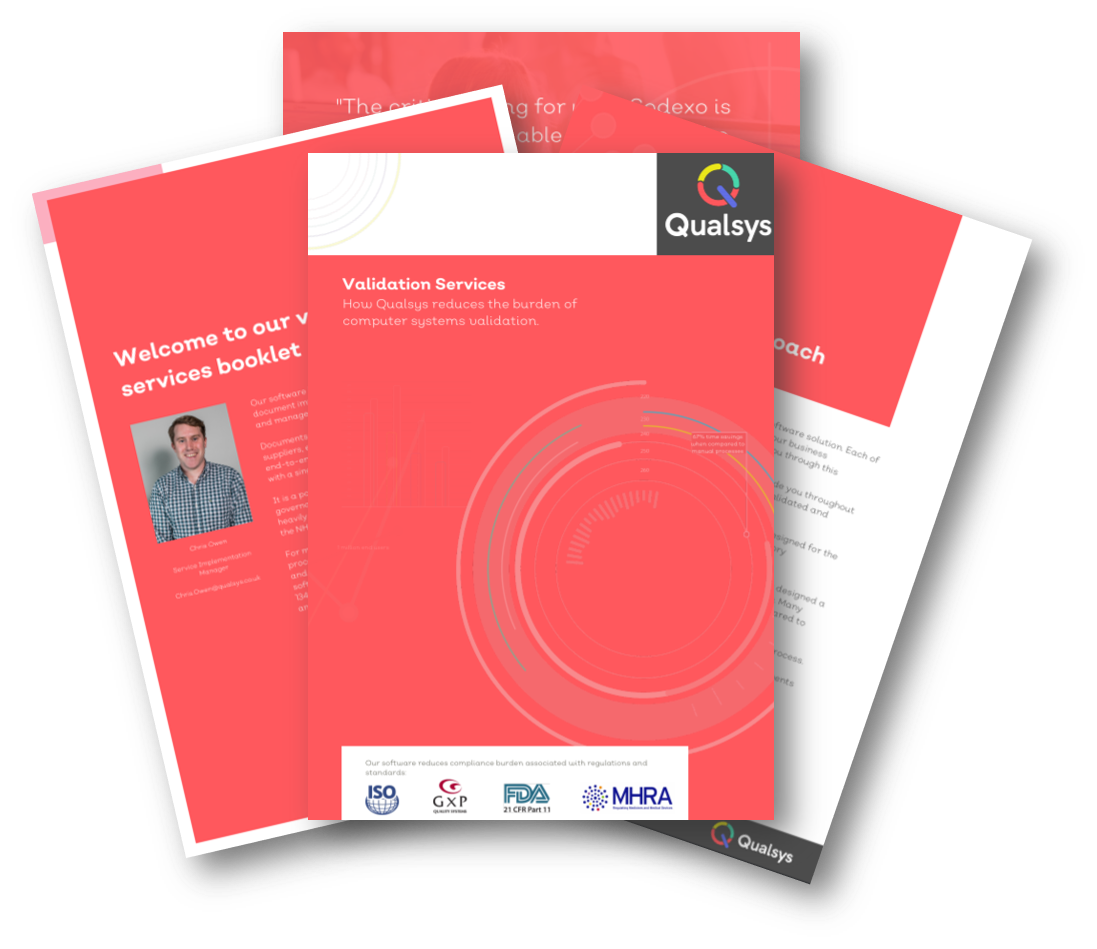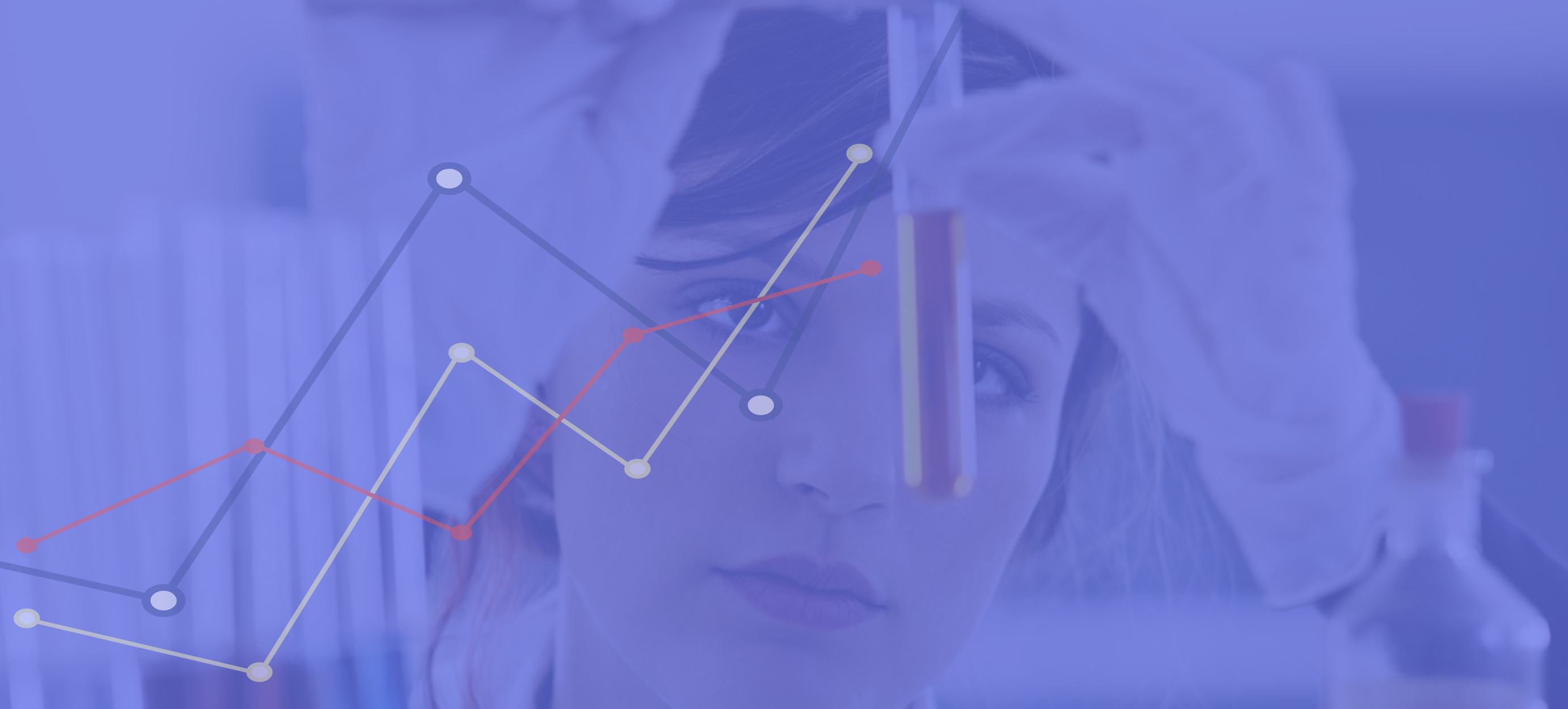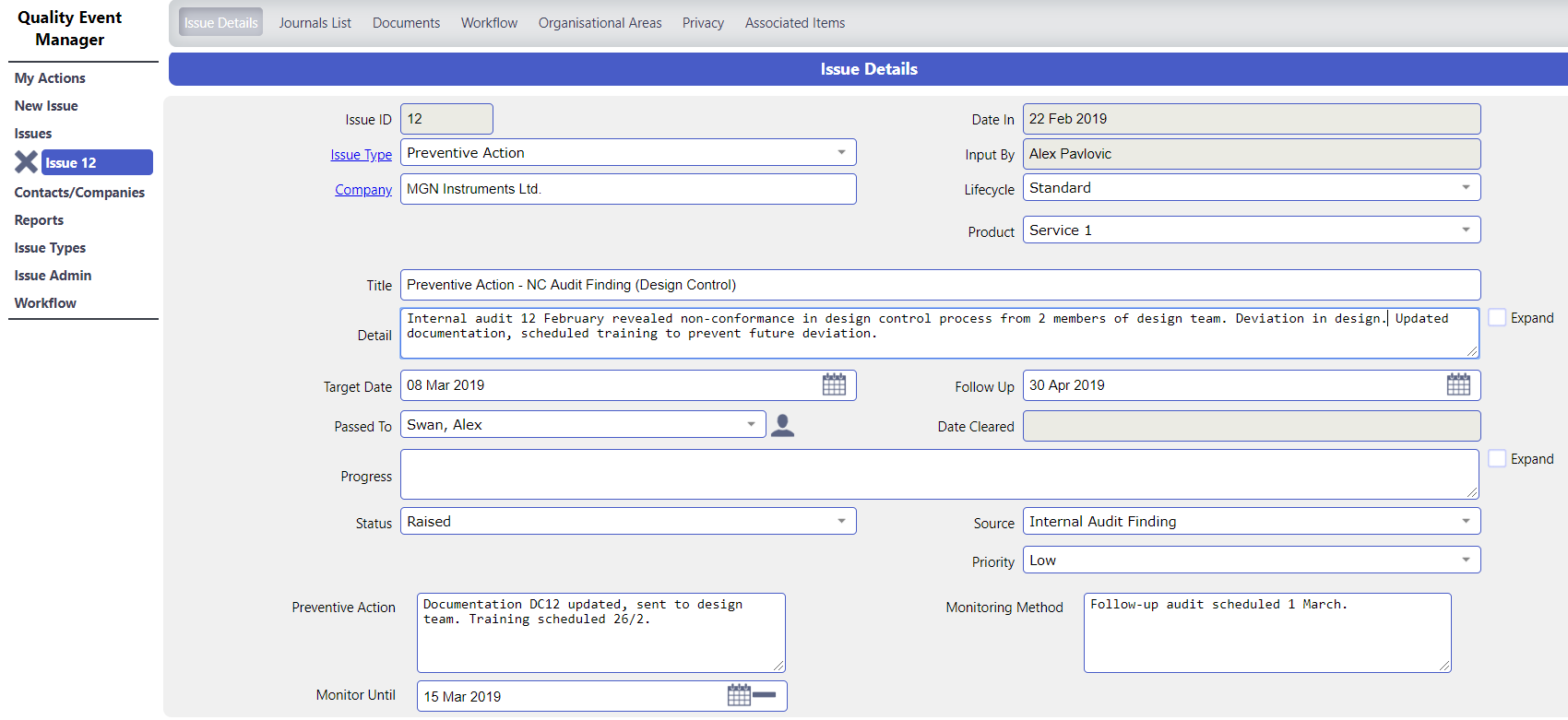Want to contribute to this article?
ISO 17025 is the international standard for testing and calibration laboratories. It's a set of requirements those laboratories use to show that they operate a quality management system and that they're technically competent to do the work that they do.
The standard is set out in five clauses:
- Scope
- Normative references
- Terms and definitions
- Management requirements
- Technical requirements
(However, as ISO 17025 is currently being revised – it's at the approval stage at the time of writing – the format of the standard will be changing to adopt the Annex SL structure. Read more about Annex SL here.)
The scope means a clear statement of everything the lab does for which it wants to be accredited. A testing lab will set out its specific methods for conducting its tests. A calibration lab will list the specific measurements and associated uncertainty it uses in its calibration work. Defining the scope means the lab can identify suitably skilled staff and give clients confidence in its tests and measurements.
The two main sections of ISO 17025 are clauses 4 and 5, which cover the two types of requirements.
Management requirements (clause 4)
| Clause |
What it covers |
| 4.1 – Organisation |
Legal status Facilities (permanent, temporary or mobile) Responsibilities of key staff How confidential information is handled Management – structure; deputies; appointment of quality manager; supervision of staff |
| 4.2 – Management system |
Establishing, implementing and maintaining a QMS appropriate to the scope Issuing a quality manual and quality policy Commitment to professional practice and complying with the standard Staff familiarising themselves with the QMS Responsibility and authority of quality manager |
| 4.3 – Document control |
Procedures for:
|
| 4.4 – Reviewing requests, tenders and contracts | Policy and procedure for reviewing requests, tenders and contracts |
| 4.5 – Subcontracting tests and calibrations | Policy and procedure for subcontracting testing and calibration work |
| 4.6 – Purchasing services and supplies | Policy and procedure for choosing and buying services and supplies that, when used, may affect the quality of tests and/or calibration |
| 4.7 – Service to the client |
Good communication and co-operation with clients Protecting clients' confidentiality |
| 4.8 – Complaints | Policy and procedure for recording and resolving complaints |
| 4.9 – Controlling non-conforming testing and/or calibration work | Policy and procedure for dealing with non-conforming work or problems with the QMS, testing and/or calibration |
| 4.10 – Improvement | Continually improving the QMS by using the quality policy, auditing, data analysis, corrective and preventive action and management review |
| 4.11 – Corrective action | Policy and procedure for taking corrective action when non-conforming work or faults in the QMS or technical operations have been identified |
| 4.12 – Preventive action | Policy and procedure for identifying and taking preventive action |
| 4.13 – Controlling records | Procedure for controlling records (identification, collection, indexing, access, filling, storage, maintenance and disposal of quality and technical records) |
| 4.14 – Internal audits | Policy and procedure for conducting internal audits and implementing findings |
| 4.15 – Management reviews | Procedure for management reviews of policies and procedures, audit findings, corrective and preventive action, customer feedback etc. |
Technical requirements
| Clause |
What it covers |
| 5.1 – General |
Factors affecting results of testing or calibration |
| 5.2 – Personnel |
Ensuring all laboratory staff are properly skilled and qualified |
| 5.3 – Accommodation and environmental conditions |
Policy and procedure on monitoring, controlling and recording accommodation and environmental conditions so testing and calibration is done correctly |
| 5.4 – Test and calibration methods and method validation | Policy and procedure for choosing methods of testing and calibration (which covers sampling, transport, storage, uncertainty, control of data etc.) |
| 5.5 – Equipment | Policy and procedure for ensuring equipment used for testing and/or calibration is available, suitable and properly maintained |
| 5.6 – Measurement traceability | Procedure for choosing, using, calibrating, checking and maintaining measurement standards, reference materials used as measurement standards, and equipment used for testing and calibration |
| 5.7 – Sampling |
Plan and procedure for sampling |
| 5.8 – Handling test and calibration items | Policy and procedure for recording and resolving complaints |
| 5.9 – Assuring the quality of test and calibration results | Procedure for monitoring the validity of testing and calibration |
| 5.10 – Reporting results | Ensuring results of testing and calibration are reported clearly and objectively |
Using Qualsys's software for ISO 17025
Many medical device manufacturers and life science research facilities use EQMS to meet ISO 17025. EQMS helps integrate data, processes, business systems, assets and people in an extended enterprise. The integrated modules enable you to easily maintain all procedures, sampling records and audits in a centralised, unified system.
Read how we have helped laboratories establish a formal ISO 17025 quality management system.










Share your thoughts on this article